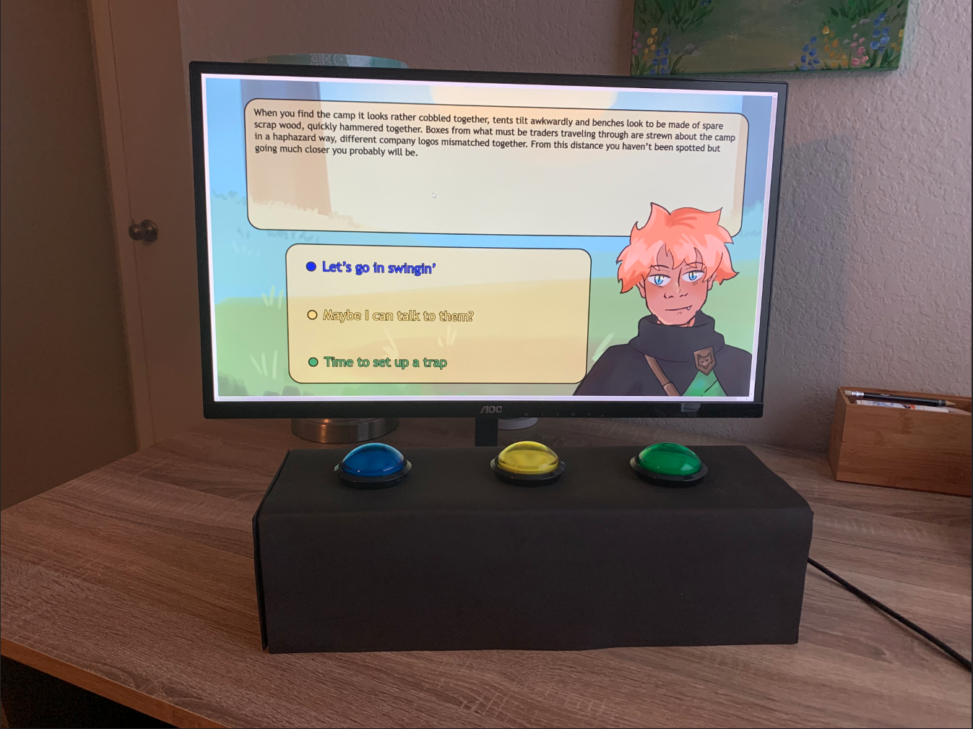Over the course of the semester you will be working on a creative project of your own design. This can be an art installation or other media based design work. We will have at least one concept critique and one work in progress critique for this project, as well as a final critique.
We have a bunch of new tech to work with, all of which you can check out form the Maker Space. However, you should be prepared to invest in any materials, tools, and supplies you need to complete this project. You will also need to submit your project to at least one public call for exhibition / conference, which includes wring an extended abstract about it.
The scope of this work is broad, but should incorporate:
- Work should engage the “viewer/user” through participation / interaction.
- Work should include sensed data from the “viewer/user” (motion, vocalizations, gesture, touch, etc) as input and respond with dynamic visual, audio, and/or motion output. This input must be more compelling than a mouse and keyboard or standard game controller.
- Computation elements of the work should be written in P5JS, Max, and/or Arduino.
- Work should include custom built physical components (think beyond strictly screen based systems).
- Work should fit in the genre of New/Interative Media.
- Work should related to your own research / creative practice.
You may work individually or in pairs on this project, but my expectations of group efforts are significantly higher. Each project must address one of the following design prompts:
- Generative Art: How might you create a system that can generate it’s own artworks / designs? Can you train/write the system to curate its output? What is the meaning of these designs? Can you shape that meaning by incorporating the use of a data set (see data.gov)? How does your system address materiality?
- Media Installations: How might you computationally transform a person’s sense of place by dynamically altering a room? How might you activate other senses beyond sight? How does a location based experience change based on the number of people present?
- Craft: How would you define computational craft? Describe a digital artifact that excels at a single task, not many. How is physically engaging with an experience different from virtual engagement?
- Social Dining: Shared dining experiences are fundamental to human sociability. But now eating at a restaurant poses significant risk of spreading disease. How can you reimaging a computationally enhanced shared dining experience beyond zoom?
- Memory, history, and story: We capture thousands of photos and videos that no one will ever look at. How do we preserve memories in a media saturated society? What is the physicality of digital memorabilia? How might you create a tangible system for preserving and sharing memories?
- Divination: How might you create a system of computational divination that is meaningful to its users? What is common to i-ching, tarot, horoscopes, palm reading, and technical stock analysis? What are the cultural origins of these systems? How would your culture influence your own divination system?
- Musical Instrument: How might you design a new electronic musical instrument? How would you incorporate tangible/haptic feedback into this instrument? Could you balance learnability and expression? What is the performative and gestural context of your instrument?
